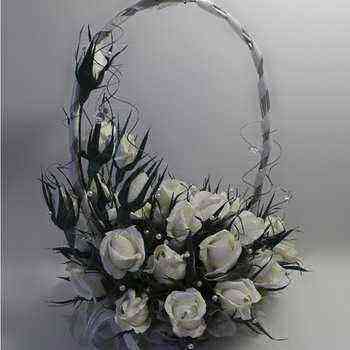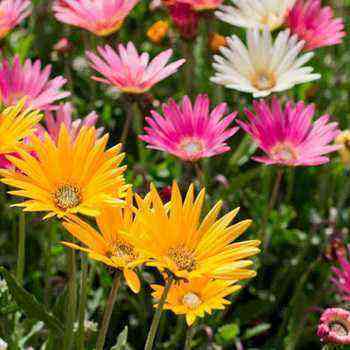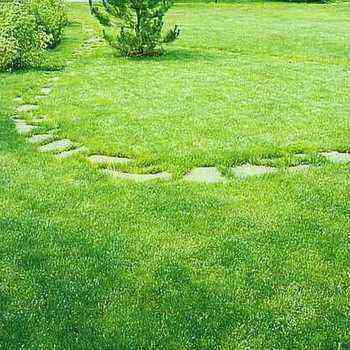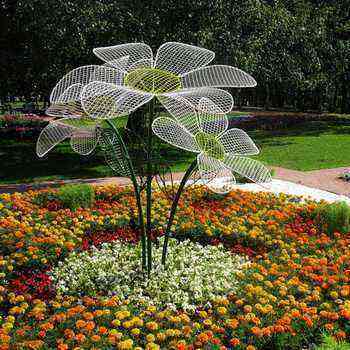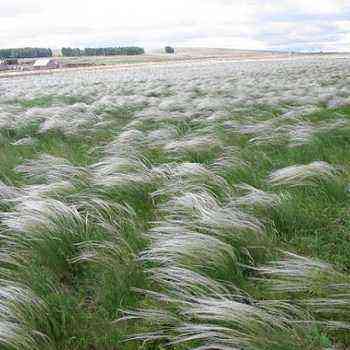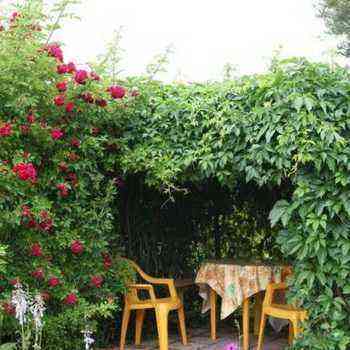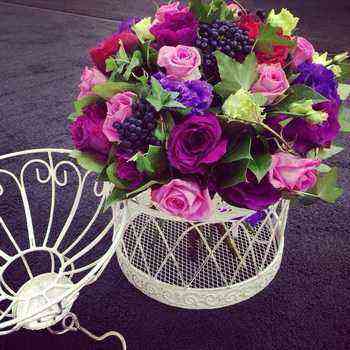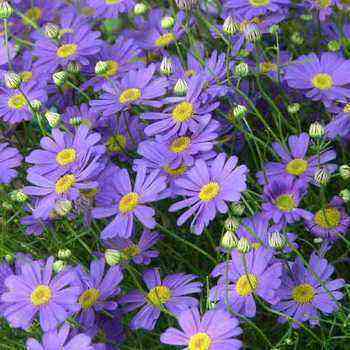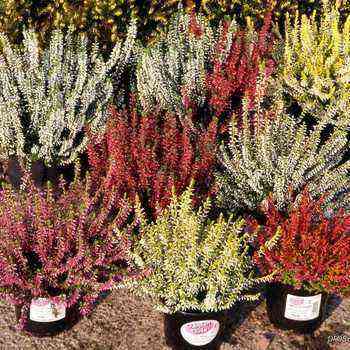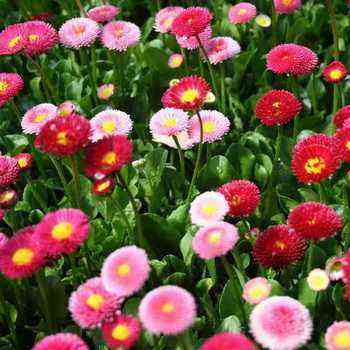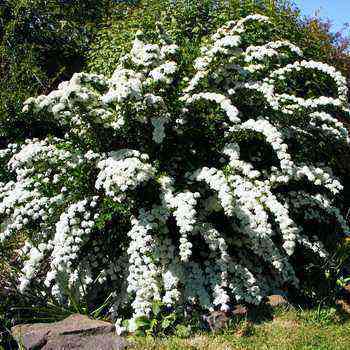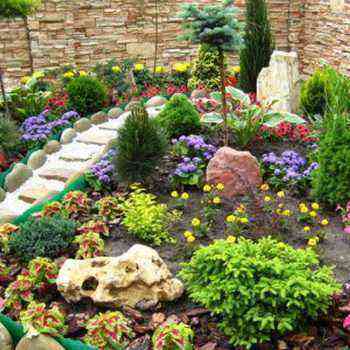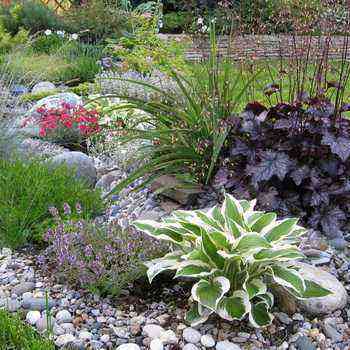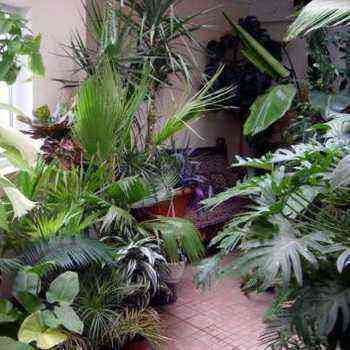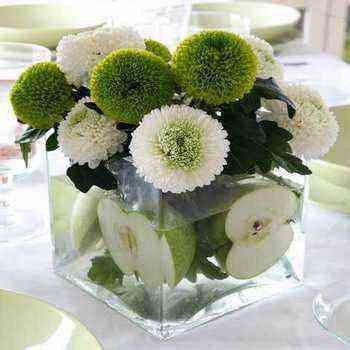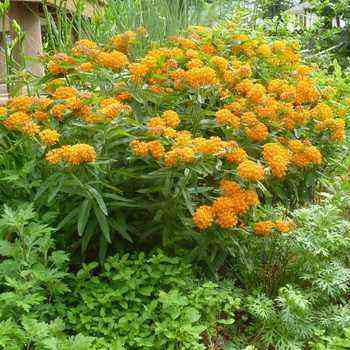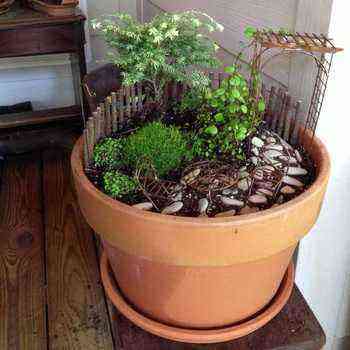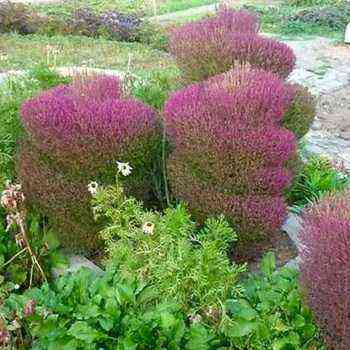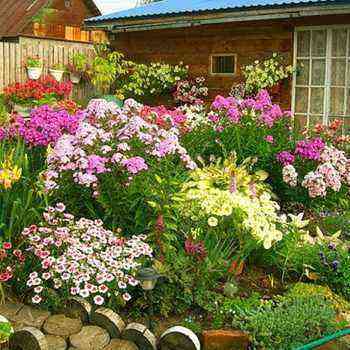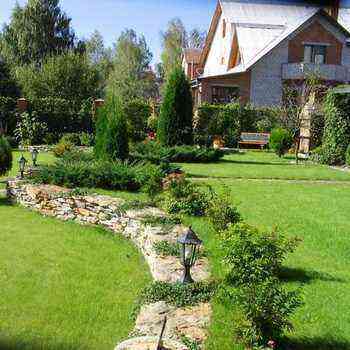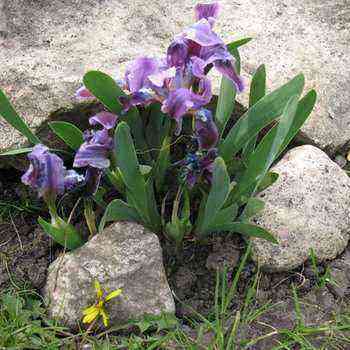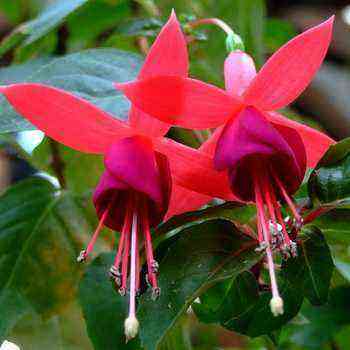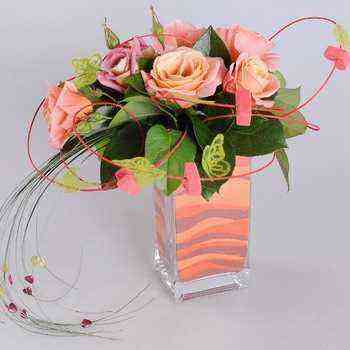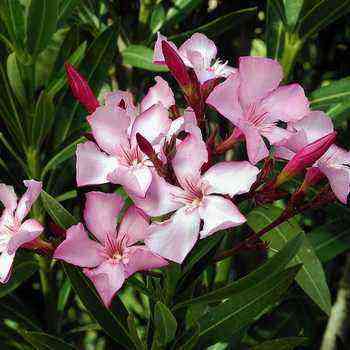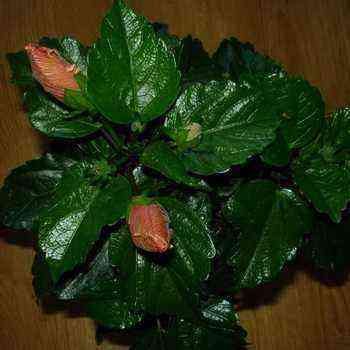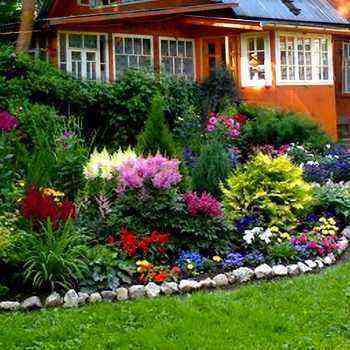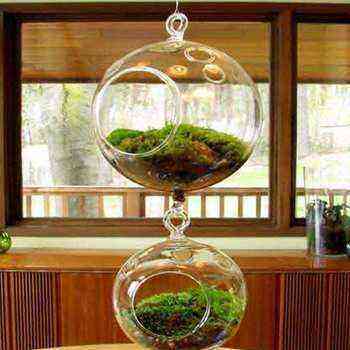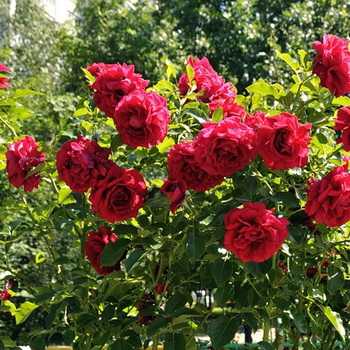 The “queen” of landscape design – the rose – is very demanding of its “neighbors”. It is not enough to plant a plot with rose bushes – you need to try to make them look harmoniously with other “inhabitants” of the garden. Only by choosing flowers that are combined with roses, or other plants that are not in dissonance with the “queens of the flower garden”, you will get a worthy composition.
The “queen” of landscape design – the rose – is very demanding of its “neighbors”. It is not enough to plant a plot with rose bushes – you need to try to make them look harmoniously with other “inhabitants” of the garden. Only by choosing flowers that are combined with roses, or other plants that are not in dissonance with the “queens of the flower garden”, you will get a worthy composition.
What plants do roses combine with in the garden?
Did you happen to be surprised to find that, despite the abundant decoration of flower beds with roses, planting them in gazebos and on pergolas, there is no masterpiece for perception? The variety of flowers, interspersed with other random plants, does not allow you to focus on her one – the rose!
Roses are genetically programmed for very long life. An example of this is wild roses and the same wild rose, which has a lifespan of 500 years.
Cultural roses, of course, live much less – up to 25 – 50 years, and under insufficiently favorable conditions, even less – 10-15 years.
And in order to prolong the life of our beloved roses, enjoying their beauty, drawing strength and vigor from them, using healing gifts, it is necessary, in addition to proper care, to correctly arrange and combine them with other plants.
The rose lover needs to know that all the colorful variety requires a certain system when planting.
So what plants do roses in the garden go with and what is the best way to plant these flowers?
The combination of roses by color: what shades are combined with each other
Flowers, that is, varieties, must be concentrated in certain, uniform spots, which must include at least 3 bushes. So, the overall picture of the rose garden looks like areas of pure white, pure pink, pure red or yellow roses.
Mixing different colors in one spot is unacceptable.
In addition, uniform spots should match each other in color:
- So, orange roses or pink are not combined with red.
- Red roses can be separated from the same pink roses by white or cream.
- Red shades of flowers are classically combined with green, blue, lilac. The accepted combinations are light pink with light blue, purple with yellow and orange, blue with white. Red does not match with carmine, orange, purple, pink.
However, there can be no clear recommendations on what colors of roses are combined with each other. In many ways, the combination of roses by color in each particular garden depends on imagination, taste and a sense of harmony.
Where to plant roses in the garden: decorating flower beds, lawns and gazebos
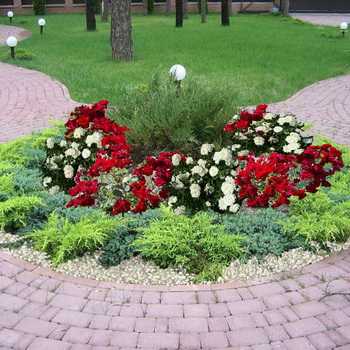 The next point when combining roses with other flowers is the selection of separate groups in different functional areas of the garden.
The next point when combining roses with other flowers is the selection of separate groups in different functional areas of the garden.
Here are some guidelines for where to plant roses in your garden to create a beautiful arrangement.
- So, in the front part of the garden, it is necessary to place hybrid tea, remontant roses. Their nobility of form, richness of color and aroma will create an impression of beauty and dignity, artistic taste and harmony.
- Red roses look good along the white wall of the house. They are cozy and sentimental here.
- Polyanthus and hybrid-polyanthus roses, as well as from the floribunda group, are good on the edge of the lawn in the form of a kind of medallion. They should not be planted in the center of the lawn, as they will not only make it difficult to care for the lawn, but will also interfere with the feeling of peace emanating from the lawn.
- A group of blooming polyanthus roses all summer is indispensable in resting corners, along the paths at the entrance to the gazebo, under the bedroom window. They can border the roads of the site as a curb. To do this, you need to choose only low grades.
- If you have flower beds in your garden on which you want to arrange roses, then keep in mind that for roses they should not be oval, but rectangular. It is advisable that one variety was planted, then your flower bed will acquire the status of solidity and splendor. Since you will have cutting material from the same flower bed, use a group of hybrid tea and remontant roses.
- Do not forget about wild roses. They delight us with beautiful fragrant, abundant inflorescences and bright fruits. There will be a place for them along the boundaries of the site, where they will also carry a protective function as an impassable fence. It is also a great nesting place for birds. And the abundance of birds in the garden is a sharp decline in the number of pests.
- In the garden, where there are gazebos, pergolas, lawn trellises and other supports, climbing roses are irreplaceable. They are planted in 2 – 3 near the support and the shoots are directed, fixing in the desired direction.
- You can decorate with roses dried trees and bare pillars, as well as create delightful pyramids using a metal or wooden frame.
The combination of roses in the garden with other flowers and ornamental shrubs
It is believed that the rose itself is a decoration and does not need company. But the “queen”, which the rose is recognized as, needs an “entourage”. The combination of roses with other flowers in the garden should be such that the rose dominates – this is a great option for general decorative perception.
With roses, beautifully flowering and beautifully fruiting shrubs look good, which are planted behind roses and at a distance of at least 1 – 1,5 m from them.

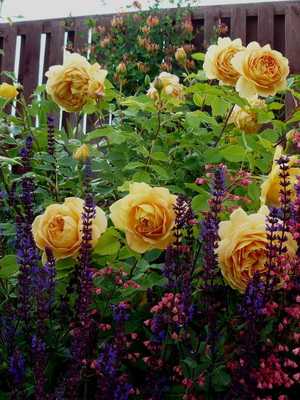
Ideal combination of roses with decorative shrubs such as lilac, scumpia, yellow acacia, cotoneaster, euonymus, snowberry, sucker, sea buckthorn, privet, tamarix, mock orange.
A combination of roses with conifers is considered a classic: spruce, thuja, junipers. Such rocks as mahonia, pyrocanthus, horizontal cotoneaster can also be used as evergreen.
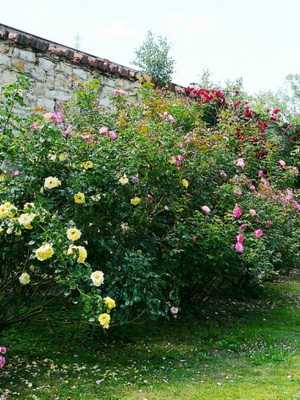
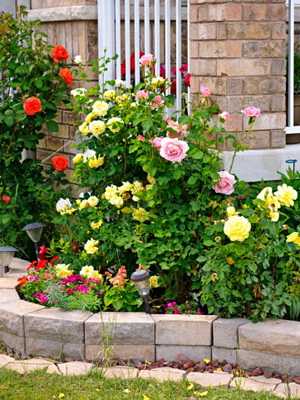
Blue color, symbolizing the purity of the sky, enhances the beauty of a lush rose flower, white – will enhance the splendor of the rose garden, lilac and purple – will add depth to the overall color of roses.
The combination of roses with herbaceous perennials
When combining roses with herbaceous perennials, the main condition is that they have blue, blue, lilac, silver shades of flowers and leaves.
Large-flowered hybrid tea roses are best planted near a house or a gazebo in order to be able to admire the beauty of flowers from a close distance and inhale their aroma.
Suitable perennials include: lavender, periwinkle, veronica, bell, delphinium, catchment, blue and white asters.
You can plant to standard roses: letniki, acroclinum, lobelia, agentum.
It is not recommended to plant bright annuals with roses: salvia, tagetes, purslane, geranium, calceolaria.
The harsh coloration of these plants distracts attention from the roses and she is unlikely to enjoy such a rivalry.
How to properly plant roses in a garden with other plants
How to properly plant roses with other plants to create harmonious groups?
It is generally recognized as a successful combination of roses with vines. Roses against the background of blue clematis, honeysuckle, actinidia acquire even greater expressiveness.
Do not forget about the successful combination of roses with ears of perennial and annual grasses. They give grace and airiness to rose plantations.
Among the herbs are: sheep fescue, evergreen oats, maned fire.
Roses can also be combined with bulbous, but not with all, but, perhaps, only with a white lily, but, again, not in a bouquet and not with a fragrant lily.
Various support designs allow climbing roses to be used for vertical landscaping in any part of the garden landscape.
On a support, a climbing rose also looks good as a single plant.
